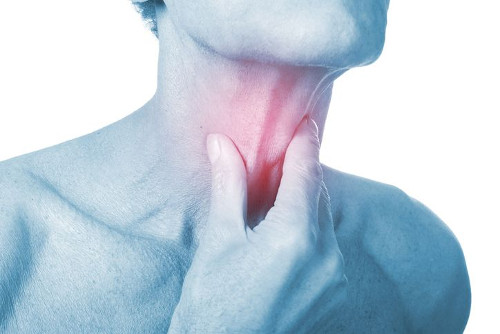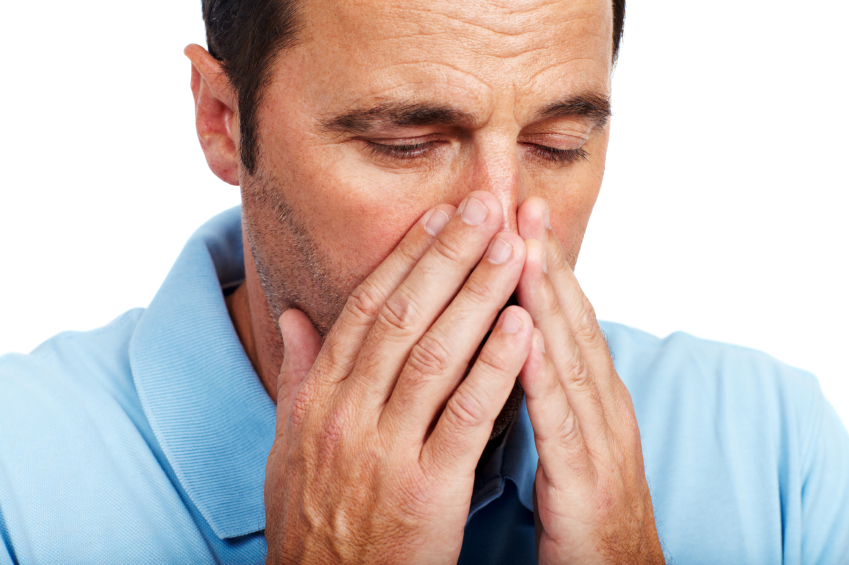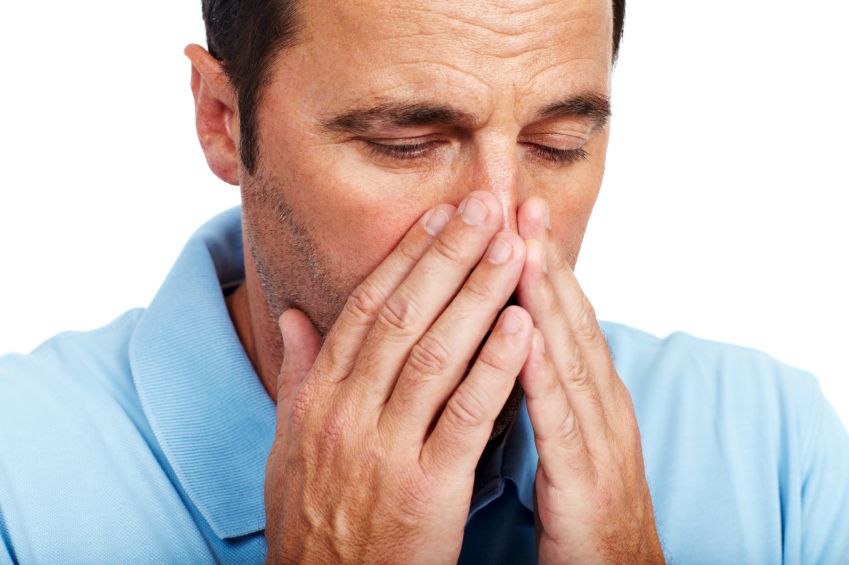The glands around the linings of your throat, nose, stomach, intestinal tract and airways produce mucus each day. About a quart of it is produced by nose alone. The mucus is a thick, wet substance that helps in moistening these areas and in trapping and destroying foreign particles like bacteria and virus before they cause infection.
In normal cases, you do not take notice of the mucus coming from nose as it mixes with saliva, drips down your throat’s back without any harm and you swallow it. When your body produces more mucus than is normal or it happens to be abnormally thicker, it turns rather more noticeable.
The excess is likely to come out of nostrils which is called runny nose. And when the mucus runs down the back of your nose to your throat, it is known as postnasal drip.
Here are the symptoms, causes and treatments of post nasal drip.
Causes Of Post Nasal Drip

The production of too much mucus triggering it has several potential causes such as:
-
Colds
-
Flu
-
Sinus infection or sinusitis
-
Certain medications
-
Fumes from cleaning products, chemicals, perfumes, smoke, or other irritants
-
Certain foods like spicy foods
-
Object stuck in the nose (most common in children)
-
Pregnancy
-
Change in weather, cold temperatures or very dry air
-
Allergies also called allergic post nasal drip
In some cases, the problem is not that excess mucus is being produced but not getting cleared. The problems in swallowing can cause building up of liquids in throat and that may feel like postnasal drip. Such problems may occur due to blockage, aging or conditions like gastroesophageal reflux disease (GERD).
Symptoms Of Post-Nasal Drip

-
The postnasal drip can have these signs and symptoms:
-
Triggering persistent cough that may worsen during night
-
Excess mucus may also give you sore, scratchy throat
-
Feeling like the constantly clearing the throat
-
If mucus fills up Eustachian tube (the tube connecting your throat to your middle ear), you may experience a painful ear infection.
-
Sinus infection if the passages are blocked
Treatments

The treatment of post-nasal drip depends on what causes it. The antibiotics can help in clearing the bacterial infection. However, the green or yellow mucus does not provide proof of bacterial infection. It is the cold that can also turn the mucus into these colors and they are caused by viruses which don’t respond to antibiotics.
The decongestants and antihistamines can in most cases help with post nasal drip caused due to viral infections or sinusitis. They could also be effective when used with steroid nasal sprays for post nasal drip caused due to allergies.
The new antihistamines such as fexofenadine (Allegra), desloratadine (Clarinex), cetirizine (Zyrtec), loratadine (Claritin, Alavert) and levocetirizine (Xyzal) could serve as better options and cause less drowsiness. But it’s better to consult your doctor before consuming them as they can have side effects ranging from dizziness to dry mouth.
One more option is thinning down your mucus. Thick mucus is stickier and is bothersome. It’s important to keep it thin so that prevents blockages in the ears and sinuses. An easier is thinning it out by drinking more and more water.
Other methods include taking a medication such as guaifenesin (Mucinex), using saline nasal sprays or irrigation, like a neti pot for flushing out mucus, bacteria, allergens, and other irritants. Keep your vaporizer or humidifier on in order to increase the moisture in the air.
Hot chicken soup is the best known and most loved remedy for temporarily relieving and comforting post nasal drip. It is effective as the steam from hot liquid helps in opening up the stuffy nose and throat. Moreover, it helps in thinning mucus. As it is a liquid, it will prevent dehydration. A hot, steamy shower could be helpful for the same reasons.
Image Source:
1. doctorshealthpress
2. houstonsinussurgery
3. cloudfront

